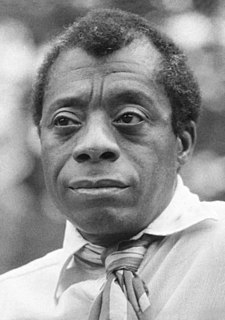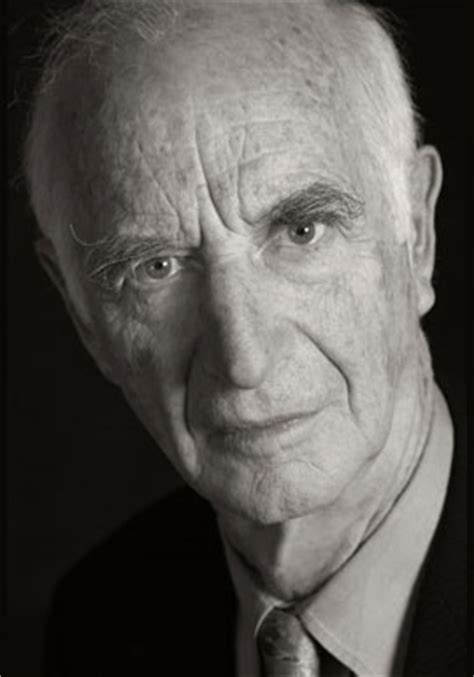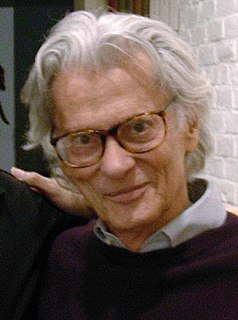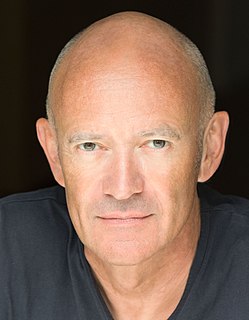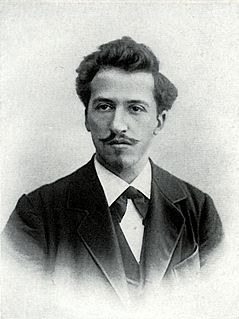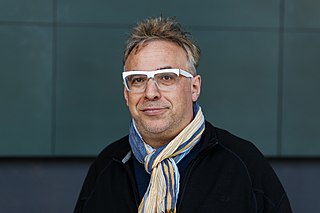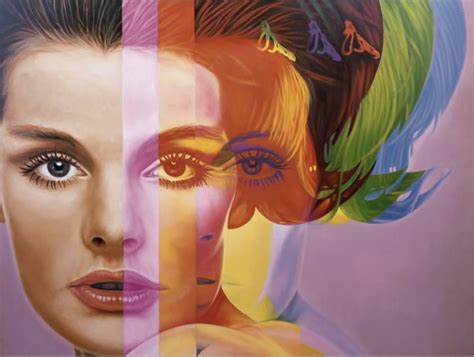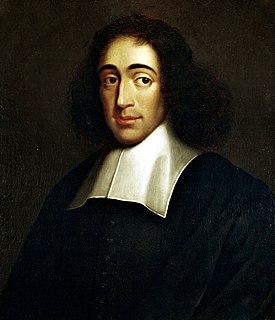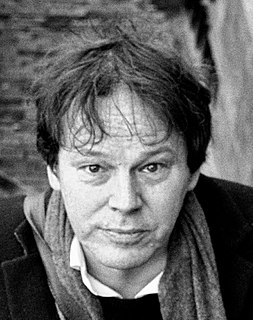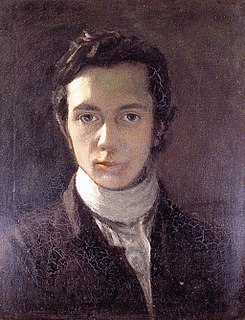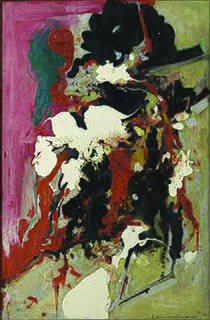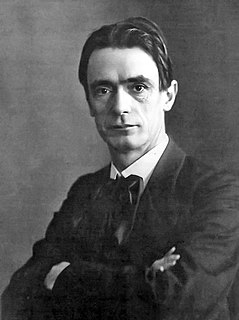A Quote by James Baldwin
The artistic image is not intended to represent the thing itself, but, rather, the reality of the force the thing contains.
Related Quotes
Rather let us imagine the anima mundi as that particular soul-spark, that seminal image, which offers itself through each thing in its visible form. Then anima mundi indicates the animated possibilities presented by each new event as it is, its sensuous presentation as a face bespeaking its interior image - in short, its availability to imagination, its presence as psychic reality. Not only animals and plants ensouled as in the Romantic vision, but soul is given with each thing, God-given things of nature and man-made things of the street.
I hate cameras. They interfere, they’re always in the way. I wish: if I could just work with my eyes alone. To get a satisfactory print, one that contains all that you intended, is very often more difficult and dangerous than the sitting itself. When I’m photographing, I immediately know when I’ve got the image I really want. But to get the image out of the camera and into the open, is another matter.
... what is faked [by the computerization of image-making], of course, is not reality, but photographic reality, reality as seen by the camera lens. In other words, what computer graphics have (almost) achieved is not realism, but rather only photorealism - the ability to fake not our perceptual and bodily experience of reality but only its photographic image.
Capitalism is like this fractal thing where anything that contains an element of capitalism anywhere inside it is just something that turns into capitalism. It is an incredibly defeatist attitude. If you choose to look at reality that way, I suppose you can, but you have to do enormous violence to reality to do so consistently.
In an age in which we can project an image and score that image based on immediate Facebook and Twitter feedback, thus making a video game of life and a false-reality composed of lies, what gets lost is a joyful obsession with the work we create from the purest of motives, a sheer joy in the act of creation itself that causes us to lose ourselves in something else, and in a way die to ourselves over the absolute love of a thing we are breathing into life.
The artistic temperament is a disease that affects amateurs. Artists of a large and wholesome vitality get rid of their art easily, as they breathe easily or perspire easily. But in artists of less force, the thing becomes a pressure, and produces a definite pain, which is called the artistic temperament.
